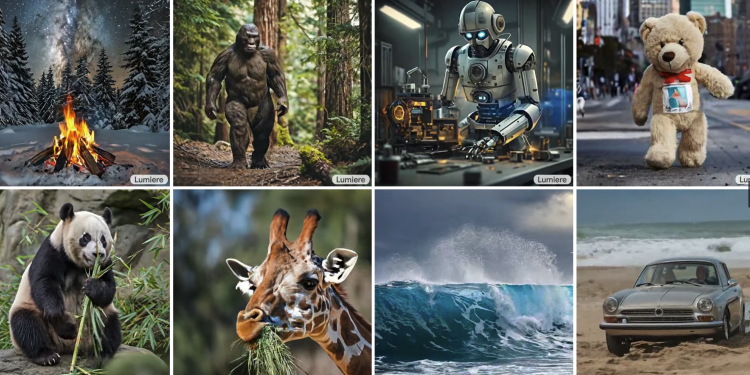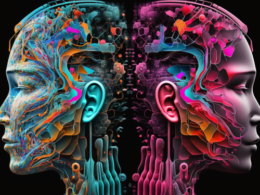As enterprises continue to invest in the potential of generative AI, there is a growing race to develop more advanced offerings in this field. The researchers from Google, Weizmann Institute of Science, and Tel Aviv University have proposed an exceptional space-time diffusion model known as Lumiere for realistic video generation. Although the technology has recently been published, the models are not yet available for testing. However, if that changes, Lumiere could become a major player in the AI video space, currently dominated by platforms like Runway, Pika, and Stability AI.
The Unique Approach of Lumiere
Lumiere takes a fresh approach compared to existing players in the industry and is capable of synthesizing videos that portray realistic, diverse, and coherent motion. One of its core features is the video diffusion model, which enables users to generate realistic and stylized videos. Additionally, Lumiere offers the option to edit videos based on specific commands provided by the user.
The model provides users with various methods to generate videos. Users can input text descriptions in natural language, and Lumiere will create a video based on that description. Moreover, users can upload a static image and add a prompt to transform it into a dynamic video. Lumiere also supports additional features such as inpainting, cinemagraphs, and stylized generation.
“We demonstrate state-of-the-art text-to-video generation results, and show that our design easily facilitates a wide range of content creation tasks and video editing applications, including image-to-video, video inpainting, and stylized generation,” the researchers noted in the paper.
While these capabilities are not new in the industry, Lumiere stands out by addressing the challenges associated with video generation that previous models struggle to overcome. Existing models often use a cascaded approach, where a base model generates keyframes and subsequent temporal super-resolution models fill in the missing data. However, this approach makes it difficult to achieve temporal consistency, resulting in limitations on video duration, visual quality, and realistic motion. Lumiere tackles this gap by utilizing a Space-Time U-Net architecture that generates the entire temporal duration of the video at once, leading to more realistic and coherent motion.
“By deploying both spatial and (importantly) temporal down- and up-sampling and leveraging a pre-trained text-to-image diffusion model, our model learns to directly generate a full-frame-rate, low-resolution video by processing it in multiple space-time scales,” the researchers noted in the paper.
Outperforming the Competition
The Lumiere video model has been trained on a dataset of 30 million videos, along with their corresponding text captions. It is capable of generating 80 frames at 16 fps. However, the source of this data remains undisclosed. When compared to competitors like Pika, Runway, Stability AI, and ImagenVideo, Lumiere stands out in terms of motion magnitude, temporal consistency, and overall quality. User surveys have also shown a preference for Lumiere over other platforms for text and image-to-video generation.
While Lumiere shows great promise in the rapidly evolving AI video market, it is essential to note that the model is not available for testing yet. The researchers acknowledge certain limitations, such as the inability to generate videos consisting of multiple shots or those involving transitions between scenes. These challenges remain areas for future research and development.










